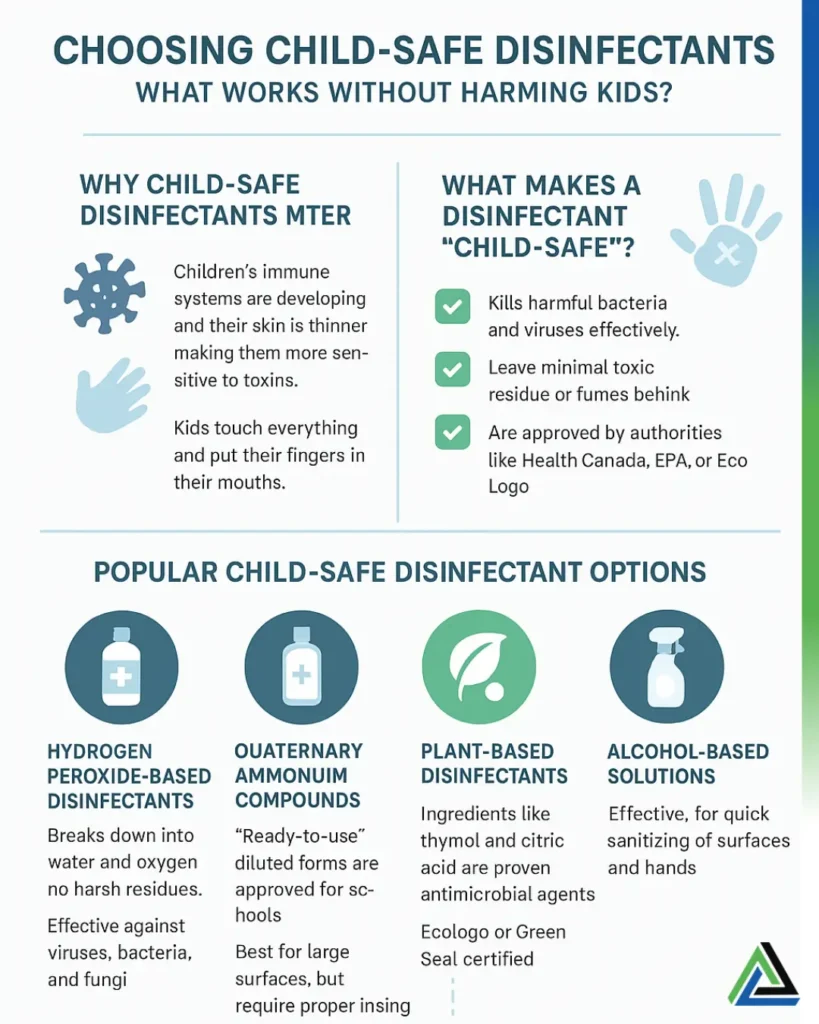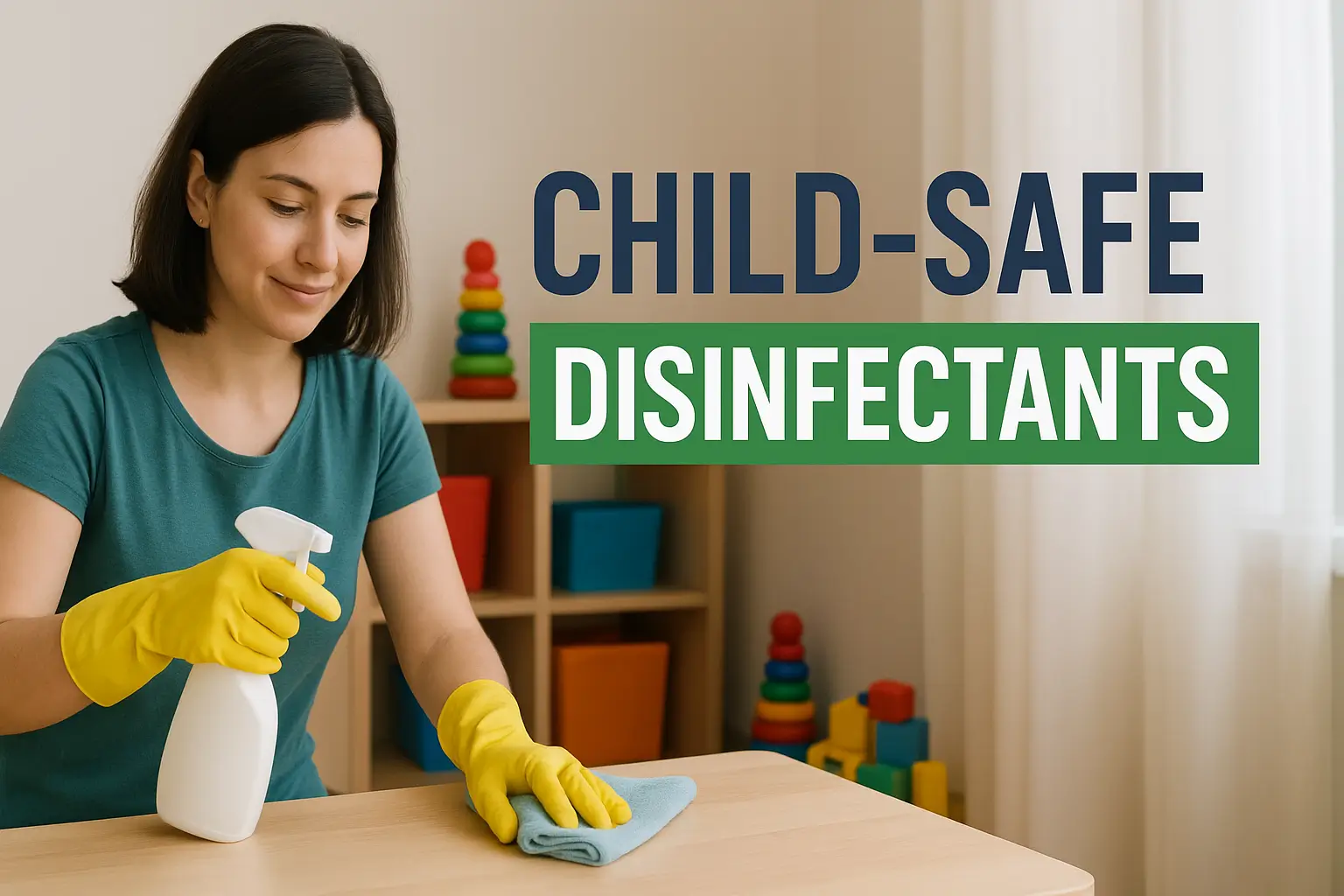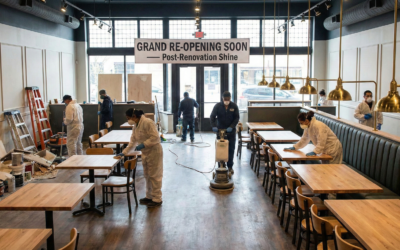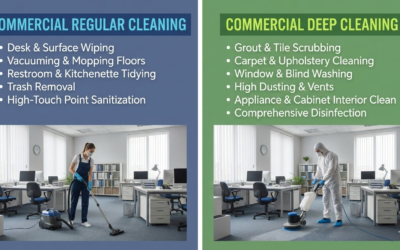Imagine walking into a daycare classroom first thing in the morning. The smell of crayons lingers in the air, little chairs are perfectly lined up, and toys are scattered in a way that makes you smile. But here’s the kicker—those same toys and doorknobs could be carrying thousands of germs from yesterday.
So how do you keep children safe without surrounding them with harsh, chemical-heavy cleaners? That’s the challenge every parent, teacher, and daycare operator faces. Let’s unpack the science, the safest options, and the practical steps you can take today.
Why Child-Safe Disinfectants Matter
Children aren’t just miniature adults. Their immune systems are still developing, and their skin is thinner, making them more sensitive to toxins. Add to that the fact that kids touch everything—then put their fingers in their mouths—and you’ve got a recipe for exposure.
Conventional cleaners with bleach, ammonia, or phenols can kill germs effectively, but they often leave behind fumes and residues that irritate lungs and skin. In a space like a Toronto daycare or school, that is not a risk worth taking. Our Daycare Cleaning Service provides professional disinfection and hygiene solutions tailored for childcare environments.
What Makes a Disinfectant “Child-Safe”?
Here’s where definitions matter. A child-safe disinfectant is one that:
- Kills harmful bacteria and viruses effectively.
- Leaves minimal toxic residue or fumes behind.
- Is approved by authorities like Health Canada, EPA, or EcoLogo.
- Won’t cause allergic reactions or skin irritation.
Think of it as a balancing act: effective against germs, gentle on little humans.
Popular Child-Safe Disinfectant Options
Let’s walk through the most commonly recommended categories.
1. Hydrogen Peroxide-Based Disinfectants
- Breaks down into water and oxygen—no harsh residues.
- Effective against viruses, bacteria, and fungi.
- Widely recommended by healthcare professionals.
- Works well for high-touch areas like tables and doorknobs.
Example: A daycare in Toronto recently switched to a 3% hydrogen peroxide solution. Teachers reported fewer complaints of “strong smells,” and parents loved the transparency.
2. Quaternary Ammonium Compounds (Quats)—In Safer Formulations
- Often used in hospitals, but certain “ready-to-use” diluted forms are approved for schools.
- When labeled as non-toxic and fragrance-free, they can be safe if instructions are followed.
- Best for large surfaces, but require proper rinsing on toys.
Here’s the thing—Quats are effective, but only safe if you’re careful. Um, how many daycare staff have time to rinse every Lego block? Probably not many.
3. Plant-Based Disinfectants
- Ingredients like thymol (from thyme oil) and citric acid are proven antimicrobial agents.
- Safer for kids with asthma or chemical sensitivities.
- Often EcoLogo or Green Seal certified.
But wait… are they as strong as bleach? Studies show thymol-based cleaners can eliminate over 99.9% of germs when used properly. That’s right—they’re tough without being toxic.
4. Alcohol-Based Solutions
- Effective for quick sanitizing of surfaces and hands.
- Evaporate quickly—no residue.
- Best used on electronics, shared markers, or door handles.
Downside? Strong smell and flammability. Not ideal for soaking toys, but great in spray bottles for quick wipe-downs.
5. Soap and Water—The Old Reliable
Sometimes we overcomplicate things. Research shows that thorough washing with soap and water removes germs just as effectively as many disinfectants. Perfect for plastic toys, tables, and lunch areas.

How to Choose the Right One for Your Setting
When choosing disinfectants for children’s spaces in Toronto or anywhere, ask:
- Is it approved by Health Canada or EPA as safe for childcare use?
- Does it require rinsing? If yes, is that practical?
- Is it fragrance-free? Artificial scents can trigger asthma.
- How often will it be used? High-frequency areas need low-toxicity products.
Here’s a simple rule: If you wouldn’t want it on your child’s hands, don’t use it on their toys. Our Janitorial Services ensure high standards of cleanliness in educational settings.
Real-World Example: Toronto Daycare Case Study
One Toronto daycare ran into complaints of “harsh bleach smells.” After switching to a peroxide-based cleaner for toys and a thymol-based disinfectant for floors, absenteeism due to colds dropped. Parents noticed fewer rashes, and staff said cleaning felt less overwhelming.
This isn’t just anecdotal—it’s a reflection of how smart product choices protect health while making life easier. For more insights, check our Corporate Cleaning Services that ensure a safe environment for children and staff alike.
Best Practices for Using Child-Safe Disinfectants
- Label Spray Bottles Clearly: “Toy Cleaner” vs. “Surface Disinfectant.”
- Ventilate the Room: Even “green” cleaners need fresh air flow.
- Follow Contact Time: A disinfectant must stay wet for the specified minutes to work.
- Train Staff: Misuse—like over-diluting—renders products useless.
FAQs About Child-Safe Disinfectants
Q1. Can vinegar replace disinfectants in daycares?
No. Vinegar is great for cleaning but not registered as a disinfectant. It doesn’t kill viruses like flu or COVID-19 effectively.
Q2. Are “green” cleaners always safer?
Not always. Some may still use strong essential oils that irritate kids with allergies. Always check certifications like EcoLogo.
Q3. Should toys be disinfected daily?
Yes, especially shared toys. Hard toys can be sprayed or soaked. Plush toys? Wash weekly in hot water.
Q4. What about wipes?
Fragrance-free disinfectant wipes are convenient but check if rinsing is required before letting kids handle items again.
Key Takeaway
Protecting kids doesn’t mean settling for weak cleaning. With options like hydrogen peroxide, thymol-based disinfectants, and even soap and water, you can keep classrooms sparkling clean and safe. Learn how to choose the right commercial cleaning services for your needs.
So next time you’re shopping for cleaners or revising daycare protocols, ask yourself: Would I be comfortable if my child chewed on this toy right after cleaning? If the answer is yes—you’ve chosen the right product.





